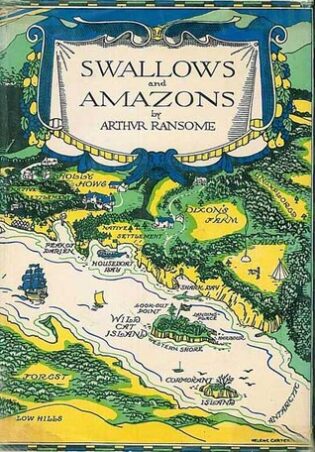 Swallows and Amazons by Arthur Ransome
Swallows and Amazons by Arthur Ransome Illustrator: Helene Carter
Series: Swallows & Amazons #1
Published by J. B. Lippincott on 1958 (first published 1930)
Genres: MG Books
Pages: 343
Format: Hardcover, Kindle or ebook
Source: my personal collection
Purchase: Amazon | Bookshop | Barnes & Noble | Audible
Add to Goodreads

'Swallows and Amazons for ever!'
The Walker children - also known as Captain John, Mate Susan, Able-Seaman Titty, and Ship's Boy Roger - set sail on the Swallow and head for Wild Cat Island. There they camp under open skies, swim in clear water and go fishing for their dinner. But their days are disturbed by the Blackett sisters, the fierce Amazon pirates. The Swallows and Amazons decide to battle it out, and so begins a summer of unforgettable discoveries and incredible adventures.
First published in 1930, Swallows and Amazons details the fictional adventures of the Walker children as they sail a small boat (the Swallow) on an unnamed lake modeled closely on England’s Coniston Water. John, the eldest, is master and captain; Susan is the first mate; Titty the able-seaman; and young Roger, aged about 6, the ship’s boy. The Walkers camp on a “deserted” island, where they encounter the Blackett sisters, a pair of would-be pirates who sail the Amazon. The Swallows wage a friendly “war” against the Amazons before allying with them to defeat “Captain Flint.”
Ransome perfectly captures the ways in which the children’s make-believe intersects with the real world, particularly in their explorations of the lake and their interactions with the Blacketts’ Uncle Jim (the aforementioned Captain Flint”), who lives on a houseboat and whom the Swallows promptly dub a retired pirate. Able-Seaman Titty, an introvert and the second-to-youngest Walker, has perhaps the most vivid imagination, conjuring up tales of pirate treasure and Robinson Crusoe adventures when she is left alone to guard Wild Cat Island.
The Walkers and Blacketts are given an almost unbelievable amount of freedom and autonomy compared with American children of today — far more than I and my cousins and playmates had in the early ‘70s. Although we had the run of the boarding-school campus where we lived, and the woods surrounding it, I can’t imagine our parents allowing us to sail a miles-long lake on our own, nor camp alone for over a week. Yet the Walkers’ mother and their absent father (a sailor) seem quite supportive of the idea, and lay down remarkably few rules. (One is that they get milk from a farm across the lake each morning, which at least provides their mother with daily reports.)
Both aspects of the book — the blending of imagination and real-life adventure, and the autonomy that allows the children to revel in that experience — combine to produce an enduring and appealing children’s classic. Like many classics, of course, there are facets that have not aged well, specifically the colonialism inherent in the children’s make-believe, where adults are “natives” and charcoal-burners “savages” with strange customs, and lands and their “native” names are unimportant until discovered and named by the children in their guise of white European explorers. Despite such dated assumptions, however, the book and several of its sequels remain among my childhood favorites. Rereading Swallows and Amazons after over a month of social distancing, I found a vicarious freedom in losing myself in the Walkers’ sailing adventures.
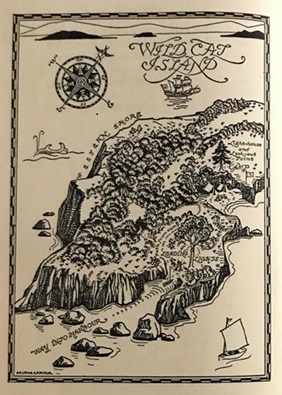
Note: I reread Swallows & Amazons for the COYER Quarantine Edition “Swept Away” Readathon.
Reading this book contributed to these challenges:
- COYER Quarantine Edition (2020)



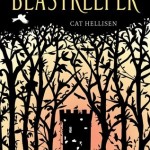













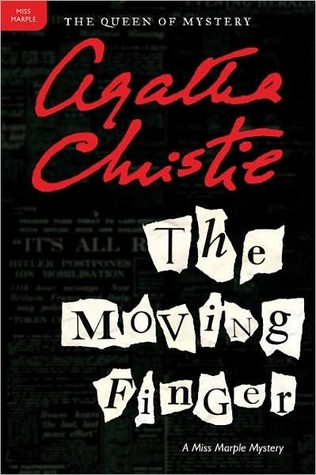


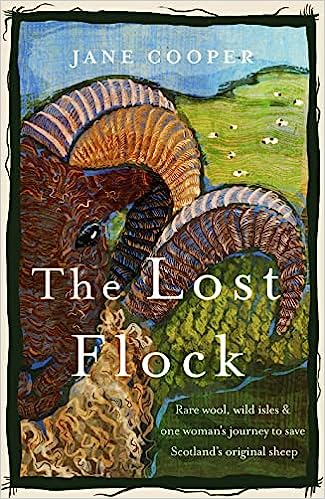
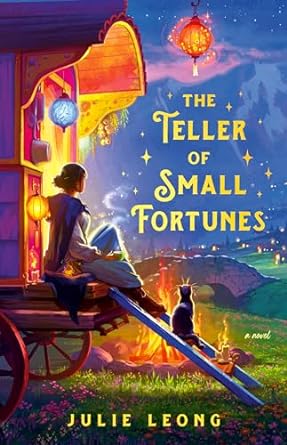
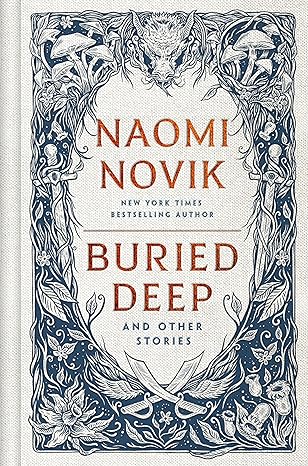
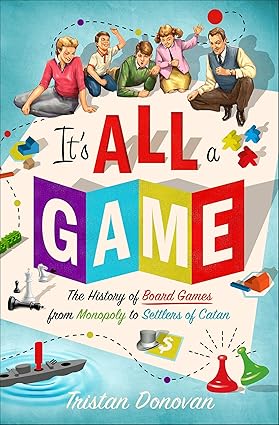
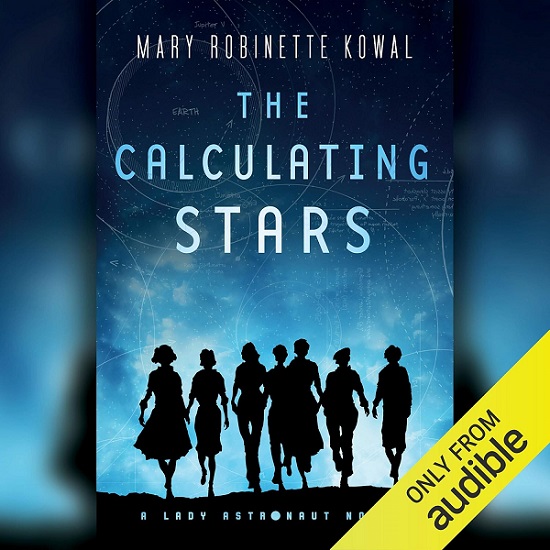


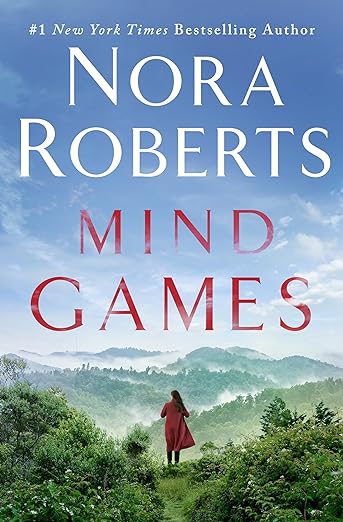


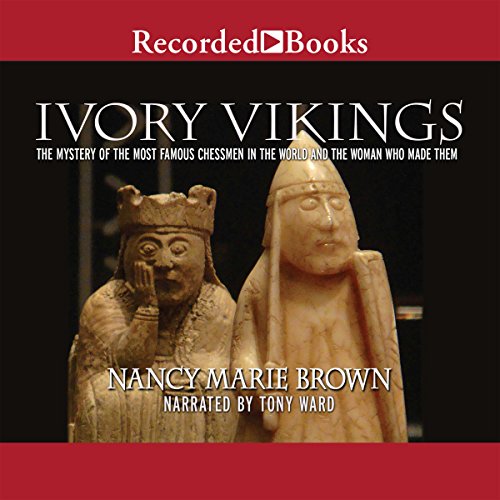
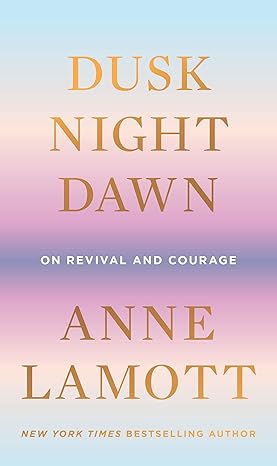
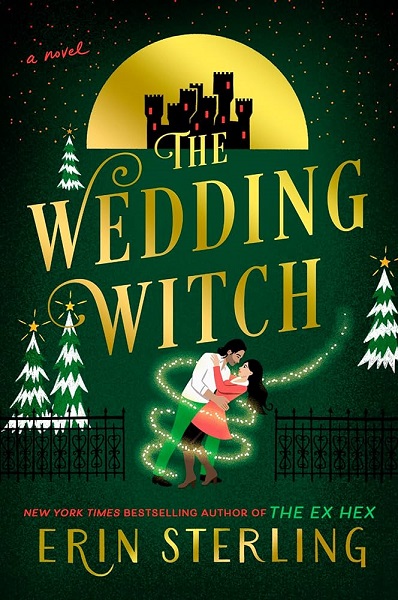


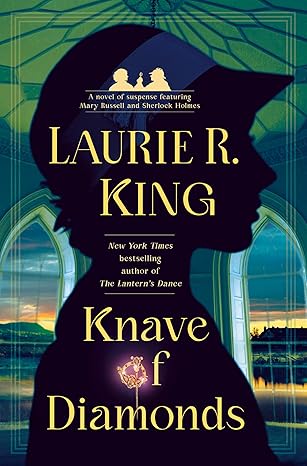






Bea's Book Nook
Oh, you are so right about the autonomy back then versus now. I had a fair amount growing up but packing and camping for a week all on their own? Wow. Things have certainly changed. Despite the bits that haven’t aged well, it sounds like a fun books for young kids.
Bea’s Book Nook recently posted…Friday Memes: Murder in the Dark by Kerry Greenwood